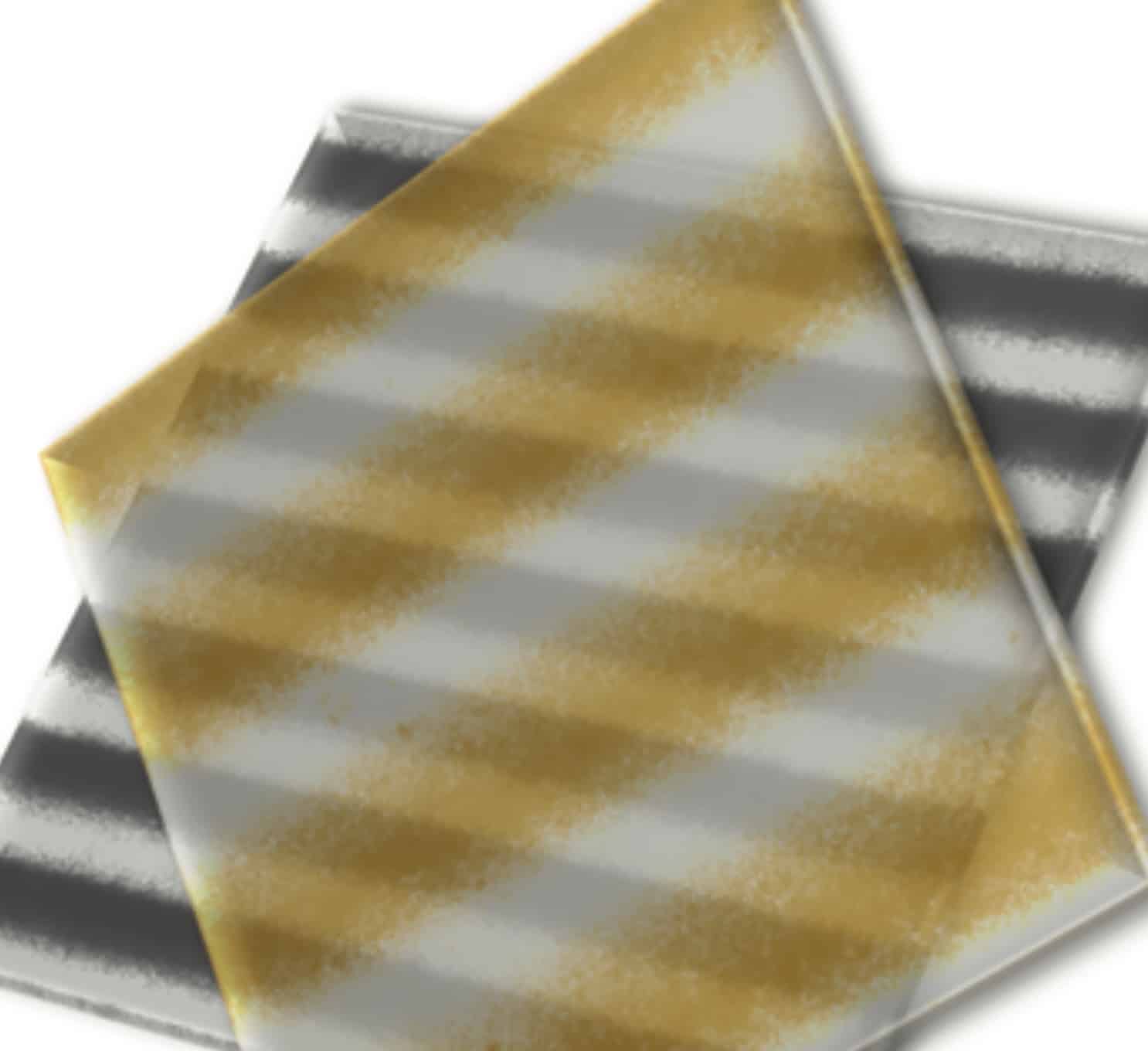
Scientists from the University of New South Wales have developed a tool to measure the spins of materials with high precision, which could have significant applications in chemistry and biology. Currently, commercial tools require trillions of spins to get an accurate reading, but the new device can measure spins in the order of thousands, making it a million times more sensitive. The tool was developed accidentally while the team was creating a quantum memory element for a superconducting quantum computer, and they found that it was extremely effective at measuring spin ensembles.
The breakthrough was made possible by integrating several components onto a single chip, allowing it to measure spins even in samples with very few spins and with relatively large magnetic fields. It also operates at temperatures higher than 10 times those of previous demonstrations, meaning it does not require expensive “dilution refrigerators” to reach temperatures down to 0.01 Kelvin.
“Our new technology integrates several important parts of the spectrometer into one device and is compatible with relatively large magnetic fields,” said Associate Professor Jarryd Pla, one of the lead authors of the study published in the journal Science Advances. “This is important, since measure the spins they need to be placed in a field of about 0.5 Tesla, which is ten thousand times stronger than the earth’s magnetic field.”
Spin is a fundamental property of nature, used in many applications such as magnetic hard disks to store information and MRI machines to create images of the inside of our bodies. It is also being used to build quantum computers, and being able to detect spins inside materials is key for understanding their structure and purpose.
“Being able to detect the spins inside materials is therefore important for a whole range of applications, particularly in chemistry and biology where it can be used to understand the structure and purpose of materials, allowing us to design better chemicals, drugs and so on,” said Pla.
The Implications of this Tool
The implications of this tool are far-reaching. Scientists can now use it to measure spins with greater accuracy than ever before, which could help them better understand chemical structures and purposes. It can be used in fields such as chemistry, biology, physics and medicine, giving researchers a better understanding of materials that cannot be measured with commercial tools such as microscopic samples, two-dimensional materials and high-quality solar cells.
Innovation by Accident
The tool was originally developed as a quantum memory element for a superconducting quantum computer. This means that it could be used to transfer quantum information from a superconducting electrical circuit to an ensemble of spins placed beneath the circuit.
This could pave the way for advances in quantum computing. Quantum computers are still in their infancy but they have already shown potential in areas such as cryptography and machine learning. The new tool could help scientists develop more powerful quantum computers by making it easier for them to measure spin ensembles with greater accuracy.
“We noticed that while the device didn’t quite work as planned as a memory element, it was extremely good at measuring the spin ensemble,” says Wyatt Vine, a lead author on the study. “We found that by sending microwave power into the device as the spins emitted their signals, we could amplify the signals before they left the device. What’s more, this amplification could be performed with very little added noise, almost reaching the limit set by quantum mechanics.”
The team has patented the technology with a view to potentially commercialise it so that other researchers can plug it into their existing systems and gain a sensitivity gain. This could make it easier for chemists, biologists and medical researchers to access the data they need without having to invest in expensive equipment.



